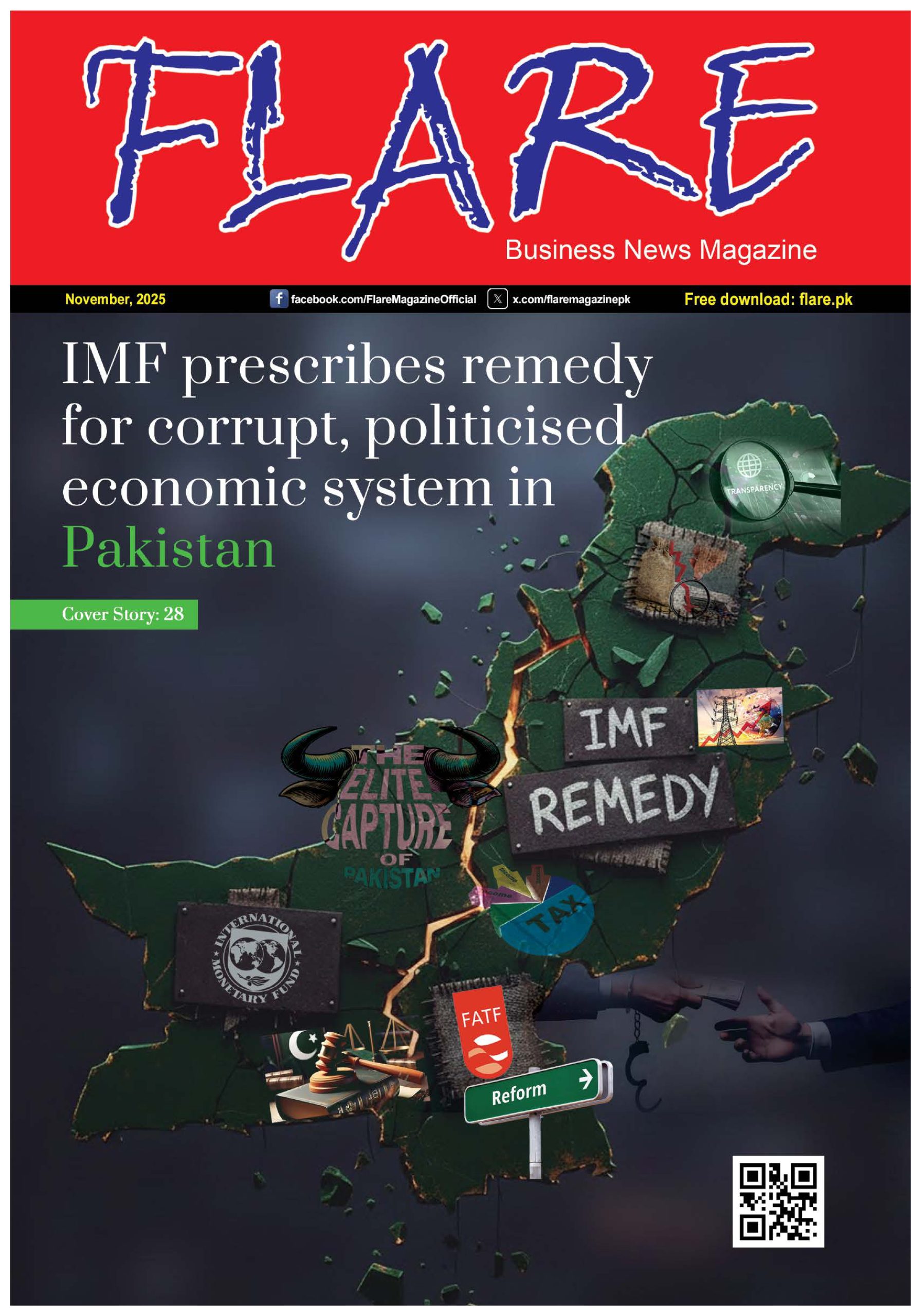Real estate in Pakistan has always been more than just buying and selling property; it’s a foundation of wealth and a trusted path towards safe investment. From the bustling streets of Karachi and Lahore to the emerging hubs of Gwadar and Islamabad, property continues to attract investors, especially overseas Pakistanis, who see land as a stable, long-term asset in an often volatile economy.
But success in the real estate market isn’t automatic. It requires smart strategies, careful planning, and a clear understanding of how to grow and safeguard profits. This guide explores the business of real estate in Pakistan, its future prospects, and the role of stable housing societies as investment havens, while focusing on proven approaches that help investors, developers, and entrepreneurs turn opportunities into financial stability.
The Basics of Real Estate Business
Real estate in Pakistan is not a single, uniform field; it is made up of several segments, each with its own opportunities and challenges. Residential properties such as houses and apartments remain the most common, while commercial spaces like shops, offices, and plazas attract investors looking for steady rental income.
Among all options, plots are the most popular investment choice, especially for long-term price appreciation. Most local and overseas Pakistanis prefer plots because they require less maintenance, involve no tenant hassles, and often deliver higher returns compared to apartments.
Profits in real estate are typically generated in four main ways: rental income, property flipping, land development, and brokerage commissions. While rental income is attractive in major cities, many investors focus on holding plots in approved societies for 3–5 years to maximise capital gains.
However, success in any strategy requires deep market knowledge. Understanding demand, buyer affordability, and the long-term growth potential of a location is what separates profitable investments from costly mistakes.
Average Rental Yields & Annual Growth in Major Cities of Pakistan
| City | Average Rental Yield (Yearly) | Average Price Growth (Yearly) |
| Karachi | 6% – 7% | 8% – 10% |
| Lahore | 5% – 6% | 8% – 12% |
| Islamabad | 5% – 6% | 7% – 10% |
| Gwadar | 4% – 5% | 10% – 15% (long-term potential) |
Karachi remains the leader in rental yields, Lahore offers strong resale growth, Islamabad provides a balance of both, while Gwadar holds the highest long-term potential for capital appreciation.
Strategies for Growth in Real Estate
Success in real estate doesn’t come by chance; it comes through in-depth research and smart strategies. Here are some of the most effective ones:
- Market Research & Location Targeting – Always choose areas with high demand, good connectivity, and future growth potential.
- Diversification – Don’t put all your money in one place; spread it across plots, homes, and commercial spaces.
- Partnerships & Joint Ventures – Working with other investors or developers helps scale faster and share risks.
- Leveraging Technology – Use online tools, PropTech, and data insights to make better investment decisions.
- Building Brand & Trust – Reputation matters; trusted developers and satisfied clients attract more business.
Stable Societies to Invest In
For many investors in Pakistan, stability is the first thing they look for before putting money into real estate. Well‑established societies such as DHA, Bahria Town, and Faisal Town, Islamabad, have built strong reputations for reliable infrastructure, legal security, and consistent demand. These projects are often seen as safer choices, as they have valid NOCs and are legally approved, attracting both end‑users and long‑term investors.
Alongside these names, newer but promising developments like Capital Smart City, Multi Gardens B-17, and Park View City are also gaining attention. Their planned layouts, modern facilities, and strategic locations make them appealing for those seeking growth potential with reduced risk.
Risk Management (Protecting Growth & Profit)
In real estate, protecting your investment is just as important as making it. One of the first steps is ensuring all legal approvals are in place, from NOCs to CDA or relevant authority clearances. Without these, even the most attractive property can turn into a liability.
Investors in Pakistan know that verified documents and proper approvals are the foundation of safe growth.
Markets don’t always move upward, so smart strategies are needed during downturns. Instead of rushing to sell at a loss, many investors diversify their holdings or choose to rent out properties for steady income.
Equally vital is due diligence: checking the credibility of developers, verifying ownership, and avoiding deals that seem “too good to be true.” Careful risk management not only protects profits but also builds long‑term confidence in every investment decision.
Future Opportunities in Real Estate
Pakistan’s property market is evolving with new trends shaping demand, especially in projects like Capital Smart City, where energy‑efficient designs and solar solutions are becoming selling points.
At the same time, co‑living and co‑working models are emerging in major cities, offering affordable options for young professionals and startups.
The rise of e‑commerce is also fueling demand for logistics hubs and warehouses, particularly around Karachi and Lahore. Meanwhile, the rental market remains a steady part of the sector: according to the 2023 census, 11.9% of households in Pakistan live in rented dwellings, with the share much higher in urban areas at 23.8%.
This shows that rental demand will continue to grow alongside urbanisation. Combined with global investment flows, especially from overseas Pakistanis through channels like Roshan Digital Accounts, these factors point to strong long‑term opportunities in the real estate sector.
Conclusion
After two to three steady years, Pakistan’s real estate market is once again gaining momentum and attracting strong investor interest. The sector continues to be one of the most trusted paths for building wealth, offering opportunities through plots, rental properties, and commercial developments.
The key to success, however, lies in careful planning. Investors who research properly, focus on approved societies, and diversify their portfolios are the ones who achieve long-term gains. Established communities like DHA, Bahria Town, and Faisal Town provide safety and reliability, while newer projects such as Capital Smart City and Park View City promise higher growth potential. At the same time, verifying NOCs, understanding market demand, and checking developer credibility remain essential for risk management.
Looking ahead, the property market is set to expand further with urbanisation, overseas investments, and changing lifestyle trends. For both seasoned investors and newcomers, opportunities are real, but so are the risks. With smart decisions and patience, real estate in Pakistan can once again deliver not only profit but also lasting financial security.
FAQs
What’s the most profitable real estate strategy for beginners?
Buying plots in approved societies and holding for 3–5 years is usually the safest and most profitable start.
Is real estate a safe business in 2025?
Yes, after steady years, the market is stable again, but only if you invest in approved and reputable projects.
Should I rent or flip property, or buy a plot for better profit?
Plots give higher long-term gains, while rentals provide steady income; most Pakistanis prefer plots.
How do small investors grow in real estate?
Start with small plots or files in emerging societies and reinvest profits to scale over time.
What role does location play in real estate growth?
Location is everything, prime areas like DHA, Bahria, and city centres always bring the best returns.


